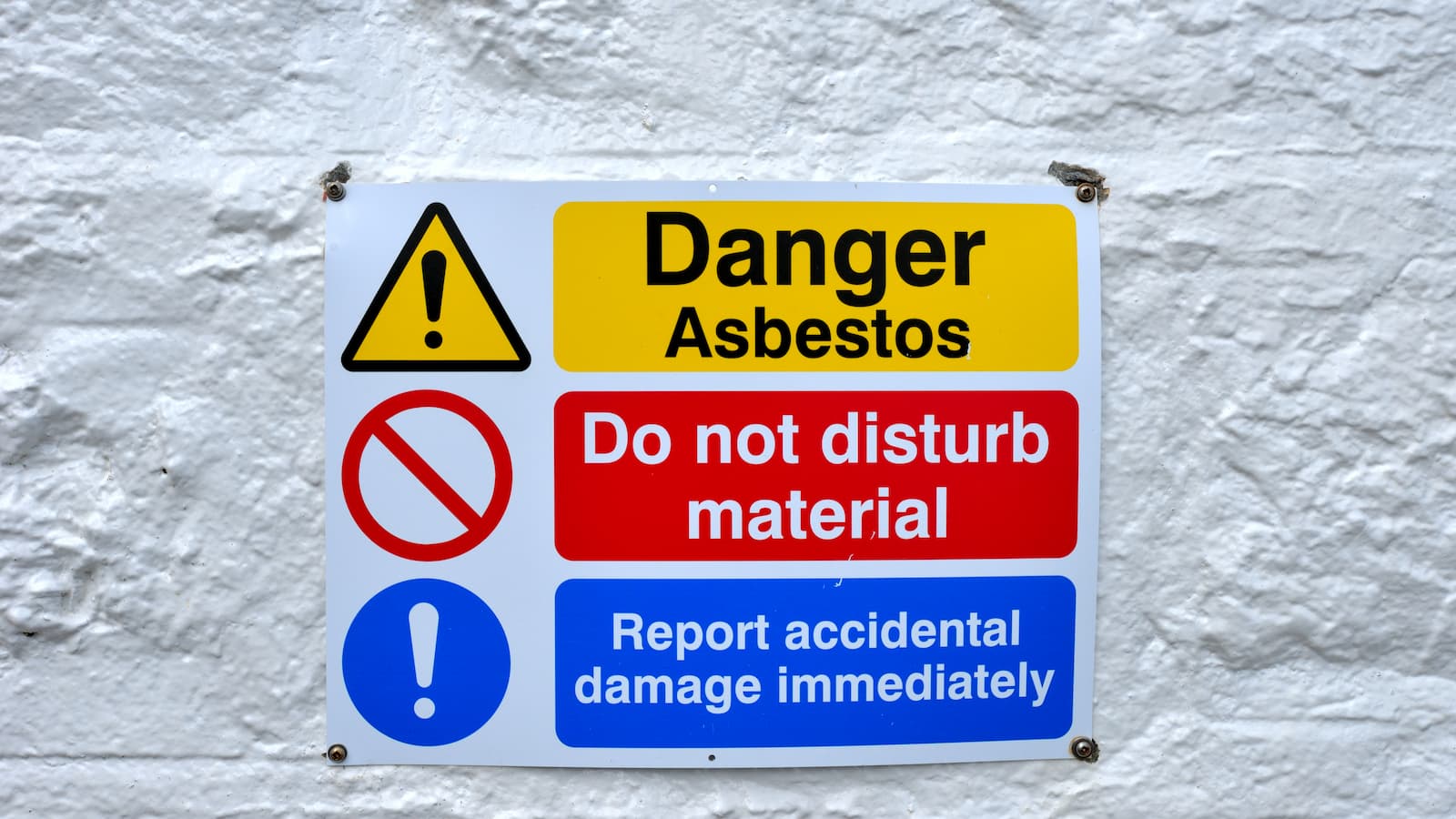More than 1.5 million buildings in the UK still have asbestos, 25 years after it was banned
Industry figures are calling for a national asbestos register to help reduce risks to homeowners and tradespeople

Despite the known health risks, asbestos remains present in over 1.5 million buildings across the UK, including workplaces, schools, hospitals, and residential properties.
This pervasive threat exposes thousands of people every year to asbestos fibres, which can lead to deadly diseases like mesothelioma and lung cancer.
To address this issue, UKNAR (UK National Asbestos Register), a non-profit organisation, is advocating for a centralised national asbestos register, making it accessible for workers, contractors, and homeowners who may otherwise be unaware of potential asbestos risks.
Asbestos remains present in thousands of homes

Asbestos is still present in many buildings across the UK, including thousands of homes built before 2000, according to the British Safety Council.
It was widely used in construction for its heat resistance and durability, and is often found in older residential properties in several key areas:
- Roofing and gutters: Asbestos cement sheets were commonly used for asbestos roof tiles and guttering in homes built before the 1980s.
- Flooring: Asbestos-containing vinyl tiles were common in kitchens, bathrooms, and hallways.
- Pipe insulation: Homes built before the 1980s may have asbestos insulation around heating pipes and ducts.
- Ceilings: Textured ceilings, often called "popcorn" ceilings, may contain asbestos.
While the material is not dangerous if left undisturbed, it poses serious health risks when disturbed, such as during home renovations.
Despite the risks, many older homes still contain asbestos, so it's crucial for homeowners to be aware and manage it safely.
Get the Homebuilding & Renovating Newsletter
Bring your dream home to life with expert advice, how to guides and design inspiration. Sign up for our newsletter and get two free tickets to a Homebuilding & Renovating Show near you.
Calls for a national asbestos register
Despite the presence of asbestos in homes, homeowners face difficulty accessing clear, up-to-date asbestos information, as there is no centralised database for asbestos in homes.
It is claimed this increases the risk of accidental exposure, particularly during routine maintenance or renovations.
To address this, UKNAR is advocating for a national asbestos register. They claim this would "simplify access to asbestos data", enabling homeowners, contractors, and tenants to quickly check the presence of asbestos in their property via digital tools, such as QR codes linked to the latest asbestos registers.
By creating a national database, UKNAR aims to prevent unnecessary exposures and associated health risks, enhancing safety for all who live in or work on older properties.
Asbestos leading cause of workplace deaths
A recent study by High Speed Training, a leading training provider for asbestos awareness, sheds light on concerning attitudes toward asbestos among tradespeople, despite it being the leading cause of work-related deaths in the UK.
Dr Richard Anderson, Head of Learning and Development at High Speed Training, explains: “Asbestos has been banned in the UK since 1999, but it is still present in many buildings.”
The study reveals that 35% of tradespeople believe asbestos isn't dangerous, and 46% feel their training was insufficient. This is despite asbestos being the leading cause of death in the workplace with an estimated 5,000 deaths annually from asbestos-related diseases in the UK.
In some cases it was revealed tradespeople are instructed by employers to handle asbestos removal themselves, putting their health and others at risk. Over a quarter (26%) of those who knowingly came into contact with asbestos admitted failing to follow proper removal procedures. The top reasons for this include, "too expensive" (55%), "boss told me to do it myself" (26%), and "lack of correct safety equipment" (17%).
Dr Anderson emphasises the dangers of improper asbestos handling: “Asbestos removal regulations are in place to make sure that the risk of exposure to harmful fibres is limited and it’s imperative that guidelines are followed, by a trained professional. It is never something that you should attempt to do yourself, whether you are a tradesperson or member of the general public.”
The study also highlights that nearly half (49%) of tradespeople view asbestos as a problem of the past. However, 74% of workers agree that more awareness is needed about the dangers of asbestos for tradespeople's families, and 69% believe homeowners should also be better informed of the dangers.

News Editor Joseph has previously written for Today’s Media and Chambers & Partners, focusing on news for conveyancers and industry professionals. Joseph has just started his own self build project, building his own home on his family’s farm with planning permission for a timber frame, three-bedroom house in a one-acre field. The foundation work has already begun and he hopes to have the home built in the next year. Prior to this he renovated his family's home as well as doing several DIY projects, including installing a shower, building sheds, and livestock fences and shelters for the farm’s animals. Outside of homebuilding, Joseph loves rugby and has written for Rugby World, the world’s largest rugby magazine.
